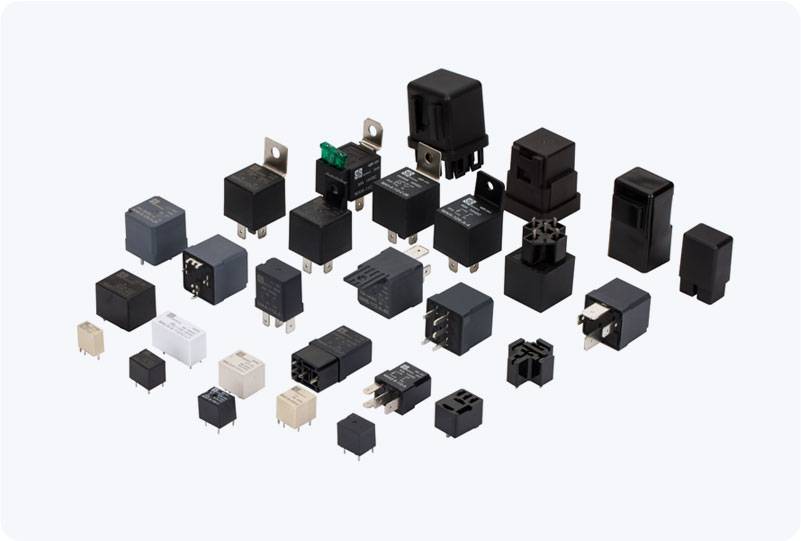48v automotive relay for electric vehicles: the backbone of efficient auxiliary power systems
Release time:2025-11-13 13:06:57
The automotive industry is undergoing a significant transformation, with electric vehicles (EVs) leading the charge towards a more sustainable future. As EVs evolve, the shift from traditional 12V electrical systems to more efficient 48V architectures has gained momentum, especially in the realm of auxiliary systems. One crucial component enabling this transition is the 48V Automotive relay. This small but powerful device plays a pivotal role in managing the electrical load of various high-power functions in modern electric vehicles. In this article, we will explore the significance of the 48V Automotive relay, its applications, and its role in advancing EV technology.

What is a 48V
Automotive relay?
A relay is an electrical switch that is operated by an electric current, allowing a low-power control circuit to manage a high-power circuit. The 48V automotive relay is specifically designed to handle the higher currents required for auxiliary systems in electric vehicles, which operate on a 48V electrical architecture. Unlike traditional 12V systems found in most internal combustion engine (ICE) vehicles, a 48V system provides a better balance between efficiency and power management.
The 48V system is often employed for non-propulsion functions in EVs, such as electric power steering, regenerative braking, air conditioning, and other auxiliary devices that require higher energy than the standard 12V system can provide.

